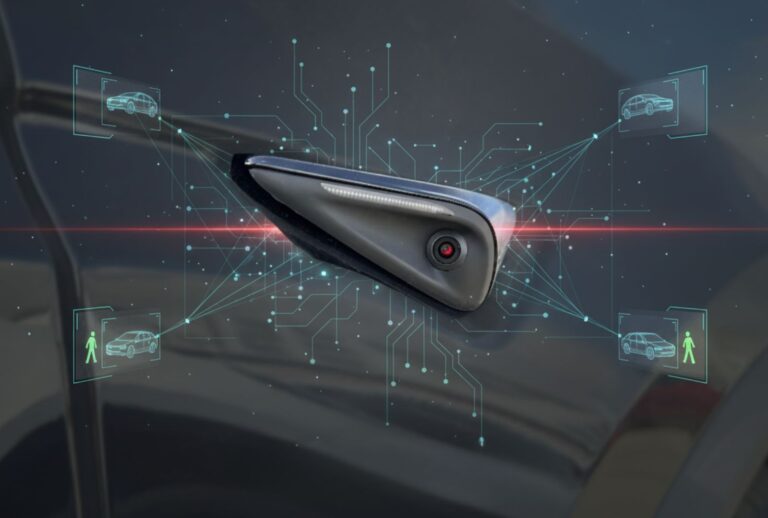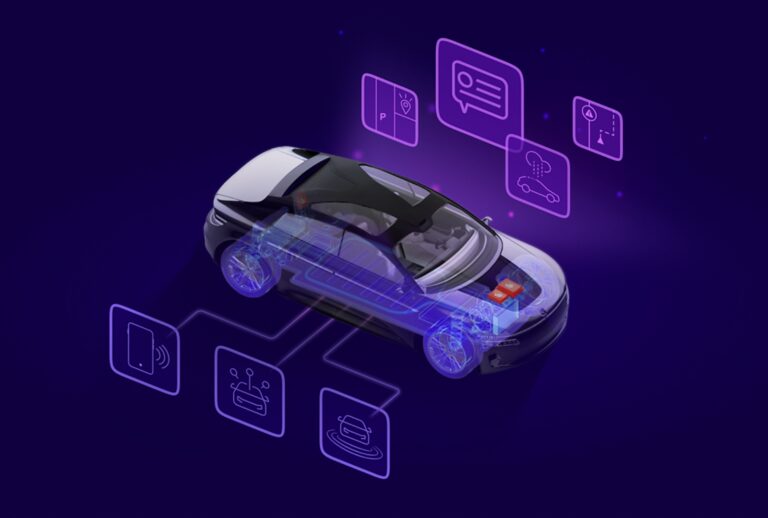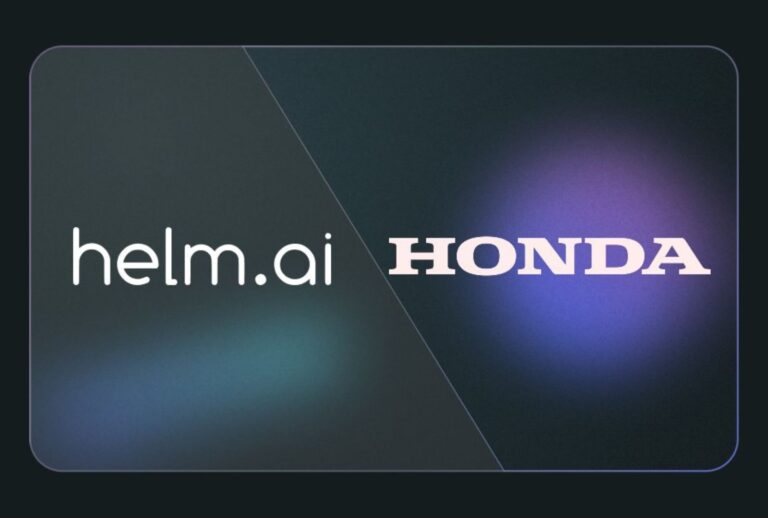Robotaxi Stays in The Picture

This Week in The Autonomy Economy is presented by Koop, a specialist insurance provider focused on robotics and autonomous vehicles.
This Week in the Autonomy Economy, we took a road trip to Austin to experience Robotaxi firsthand. We headed to Texas not knowing what to expect, given the deluge of opinions on both sides of the Tesla Robotaxi debate.
In our view, both sides have exaggerated their positions, whether it’s their disdain or their over-the-top enthusiasm. Neither side, in our humble opinion, has offered a fully accurate assessment of Robotaxi, and we hope to share a more balanced perspective with you after experiencing the service over the last several days.
One critical point neither side has discussed in depth is the service, maintenance, and energy requirements necessary to scale a robotaxi fleet successfully. While in Austin, we visited both Waymo’s and Zoox’s depots and came away with a new appreciation for operational simplicity, and a clearer understanding of the strategic importance of Tesla’s Supercharger network.
In an upcoming episode of Autonomy Markets, we’ll be doing a deep dive into the depots, service models, maintenance operations, and energy demands required to scale a robotaxi business.
Waymo’s Austin depot, which we visited, is operated by AVomo. We estimate the facility spans between 75,000 and 100,000 square feet, with about a dozen loading bays and 36 chargers. Based on our observations, at peak capacity, and assuming energy availability, the depot could likely support a fleet of between 500 and 1,000 vehicles.
This raises an important question: Is Waymo energy-constrained in it’s ability to scale the fleet in Austin? If so, Tesla holds a significant strategic advantage, with roughly 68 Supercharger stalls across the city.
In theory, Tesla could leverage their Supercharger network to charge the Robotaxi fleet while attendants clean the vehicles during charging, further lowering operating costs compared to a non-Tesla-owned and operated robotaxi service. Could infrastructure and power ultimately define the future of the robotaxi market?
Perhaps the infrastructure advocacy crowd will finally say, “We told you, scaling requires infrastructure.” And while robotaxis will certainly need infrastructure to grow, they may not require everything the infrastructure advocacy crowd has been promoting for years.
If you’re interested in an in-depth analysis of our trip to Austin and our experience with Robotaxi, please kindly reach out to schedule a briefing.
👔The Road to Autonomy provides market intelligence and strategic advisory services to institutional investors and companies, delivering insights needed to stay ahead of emerging trends in the autonomy economy.
Discover how our market intelligence and strategic advisory services can empower your next move by requesting a market intelligence briefing.
Subscribe to This Week in The Autonomy Economy™
Join institutional investors and industry leaders who read This Week in The Autonomy Economy every Sunday. Each edition delivers exclusive insight and commentary on the autonomy economy, helping you stay ahead of what’s next.
What’s Moving the Markets
Robotaxi Stays in the Picture

Early in his career when he was a struggling actor, Robert Evans famously found a way to stay in the picture with the help of producer Joe Pasternak. In a similar vein, Tesla has found a way to stay in the picture with the help of Elon Musk.
Despite all the times Tesla has been written off, left for dead, or accused of failing to build a “true” autonomous driving system, the company has always managed to stay in the picture.
Tesla has evolved from an electric vehicle start-up into a vertically integrated AI robotics company. Just as Robert Evans went from a struggling actor to ushering in iconic films such as Rosemary’s Baby, Chinatown, and The Godfather, Elon Musk has made electric vehicles, autonomous vehicles, and humanoid robotics a reality.
And now, Tesla has cracked full self-driving in a moment akin to Mr. Evans and Paramount’s success with The Godfather. At the time of its release, The Godfather became the highest-grossing film of all time, earning over $245 million worldwide (about $1.7 billion today, adjusted for inflation).
Beyond its financial success, The Godfather stabilized Paramount’s finances at a time when the studio was on shaky ground. While Tesla is not in the same precarious financial position that Paramount faced at the time, the company is under pressure from the One Big Beautiful Bill, which eliminated both federal EV tax credits and the income from CAFE/ZEV regulatory credits.
Billions of dollars in revenue are set to evaporate overnight. After an initial surge of purchases, car sales will likely slow as well. So, what do you do if you want to stay in the picture? You go for gold and produce something so impactful that it has a profound effect on society and forever changes popular culture.
An impact so profound that society never looks back. Before The Godfather arrived on the silver screen, organized crime was mostly portrayed as cheap, violent, and dirty. The movie changed everything, making it glamorous to be a mobster. Mobsters were forever seen from that point on as sophisticated, loyal, and larger than life in some cases.
While The Godfather changed stereotypes and impressions, Tesla is about to change society in a different way. They are poised to make it normal to own a vehicle that drives you everywhere, and when you’re not using it, you can put it on a network to generate income.
To borrow from mafia lingo, instead of relying on a team of soldiers managed by a capo, Tesla owners will now become their own capo who manages a fleet of robotaxis instead of soldiers to generate income in a new, entirely legal way.
Robotaxi is Tesla’s The Godfather moment.
Our take: Always stay in the picture, because you never know when it might be your turn.
Advocating For The Autonomy Economy | Sponsored

Automation and autonomy will strengthen the economy, create jobs, and reduce inflation. Council for Economic Resilience is dedicated to promoting the future of autonomy and automation for the benefit of the American public.
Council for Economic Resilience D.C. Fall Policy Summit | Register Today
🎉 If you happen to be in Washington, D.C. on Monday, September 29th, The Council for Economic Resilience will be hosting their Fall 2025 D.C. Policy Summit. If you are interested in attending, please register your interest here.
Council for Economic Resilience, Inc. is a 501(c)4 Advocacy Group
Piquing Our Interest
Waymo Makes Progress in D.C. Councilmember McDuffie has introduced B26-0323, a bill that would amend the Autonomous Vehicle Act of 2012, enabling Waymo and other autonomous vehicle companies to launch fully autonomous service in the District.
Waymo is Heading to The City of Brotherly Love This week, Waymo announced that Philadelphia will be the next stop on their 2025 road trip, marking the company’s 11th city of the tour.
Waymo Vehicles Have Arrived in The City that Never Sleeps There are road trips, and then there are deployments. As Waymo works diligently to change the law in New York to allow fully autonomous vehicle operations, the company has started testing in the Big Apple.
Tesla Eyes Phoenix Robotaxi Expansion After the successful launch of Robotaxi in Austin, Tesla is setting it’s sights next on the Valley of the Sun. The company has applied for a permit to conduct both autonomous vehicle testing and driver-out operations.
Volvo Autonomous Solutions Starts Testing Self-Driving Trucks with Aurora Volvo Autonomous Solutions (VAS) has begun testing autonomous trucks between Palmer and Houston, Texas, in partnership with Aurora.
Pony.AI Begins Production of Gen-7 Robotaxis Pony.AI has begun production of their Gen-7 robotaxi in partnership with Guangzhou Automobile Group (GAC) and Beijing Automotive Industry Corporation (BAIC) in China.
📰 Before these stories were featured here, they were available on X. Follow @RoadToAutonomy today to stay up-to-date on the latest news and developments shaping the autonomy economy.
Social Buzz
Expanding the Robotaxi Service Area
After just over two weeks of operation, Elon Musk announced on July 9th that Tesla is expanding the service area in Austin. This is a positive sign that the service is performing well, with occasional extended wait times. As the coverage area grows, Tesla will need to add more vehicles to the fleet, this was something we saw indications of during our trip this week.
Our take: We will be watching to see if the service area expands across the Colorado River and up towards the State Capital.
Latest The Road to Autonomy Podcast
From the Permian Basin to AI: How Oil and Natural Gas Fuel the Future

Dean Foreman, Chief Economist, Texas Oil & Gas Association joined Grayson Brulte on The Road to Autonomy podcast to discuss how the powerful intersection of traditional energy and emerging technology are fueling the growth of AI data centers.
Watch on YouTube | Spotify | X
Listen on Apple Podcasts
July 8, 2025
Latest Autonomy Markets Podcast
We Rode in Tesla’s Robotaxi, Here’s Our Experience

This week on Autonomy Markets, Grayson Brulte and Walter Piecyk headed to Austin, Texas to experience Robotaxi firsthand.
Watch on YouTube | Spotify | X
Listen on Apple Podcasts
July 12, 2025




